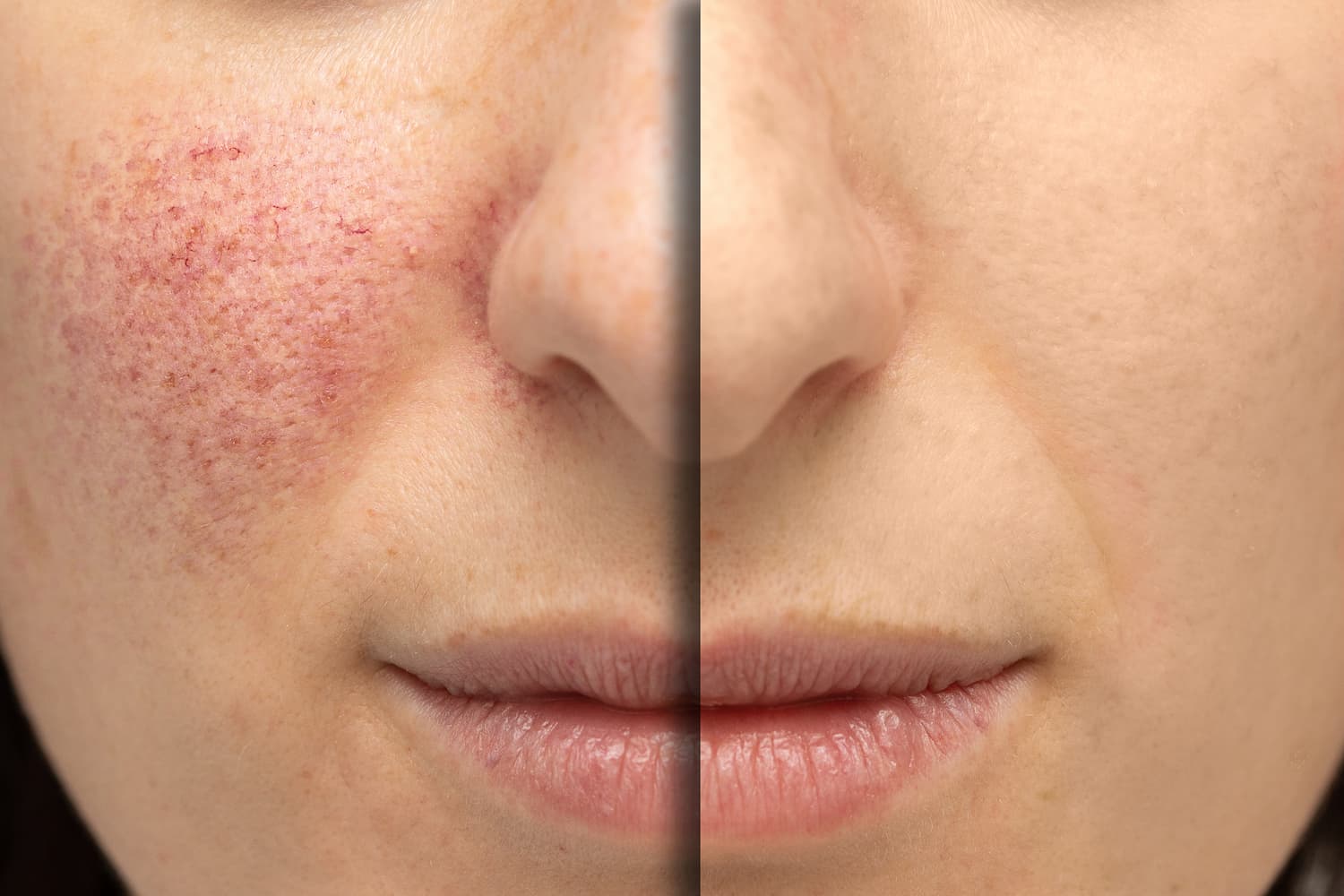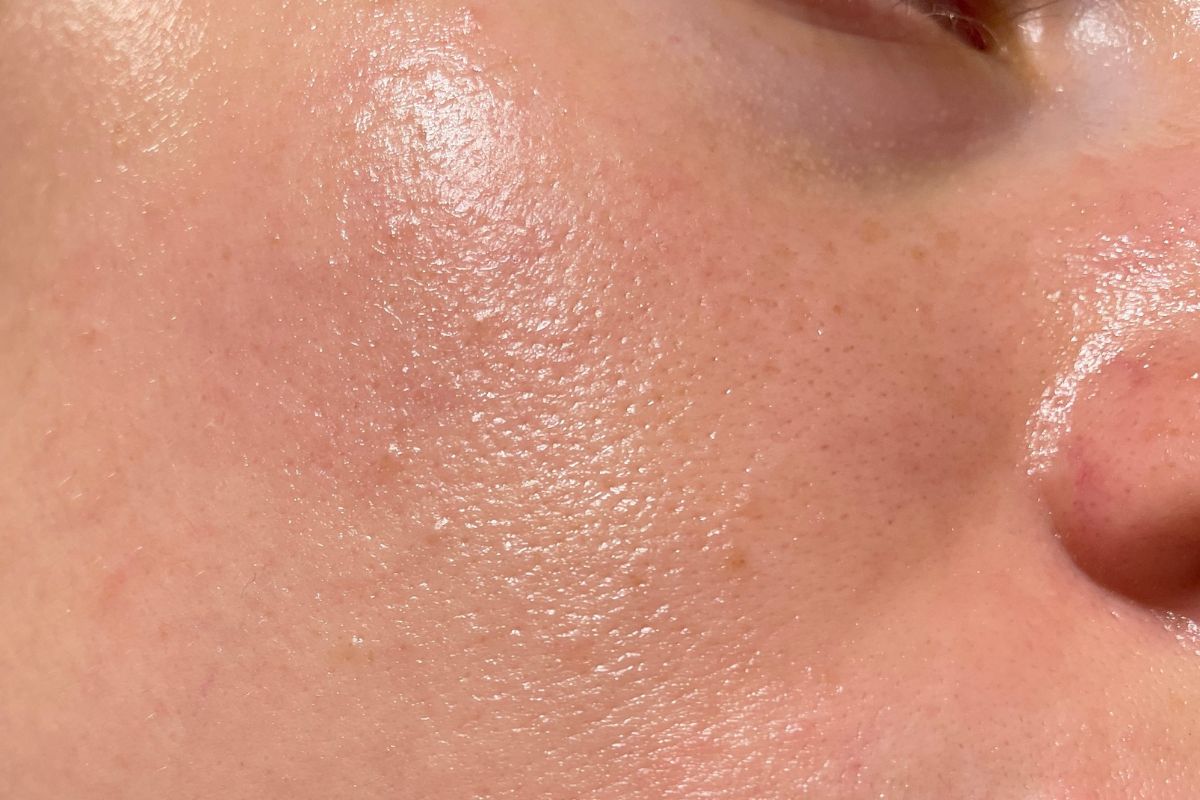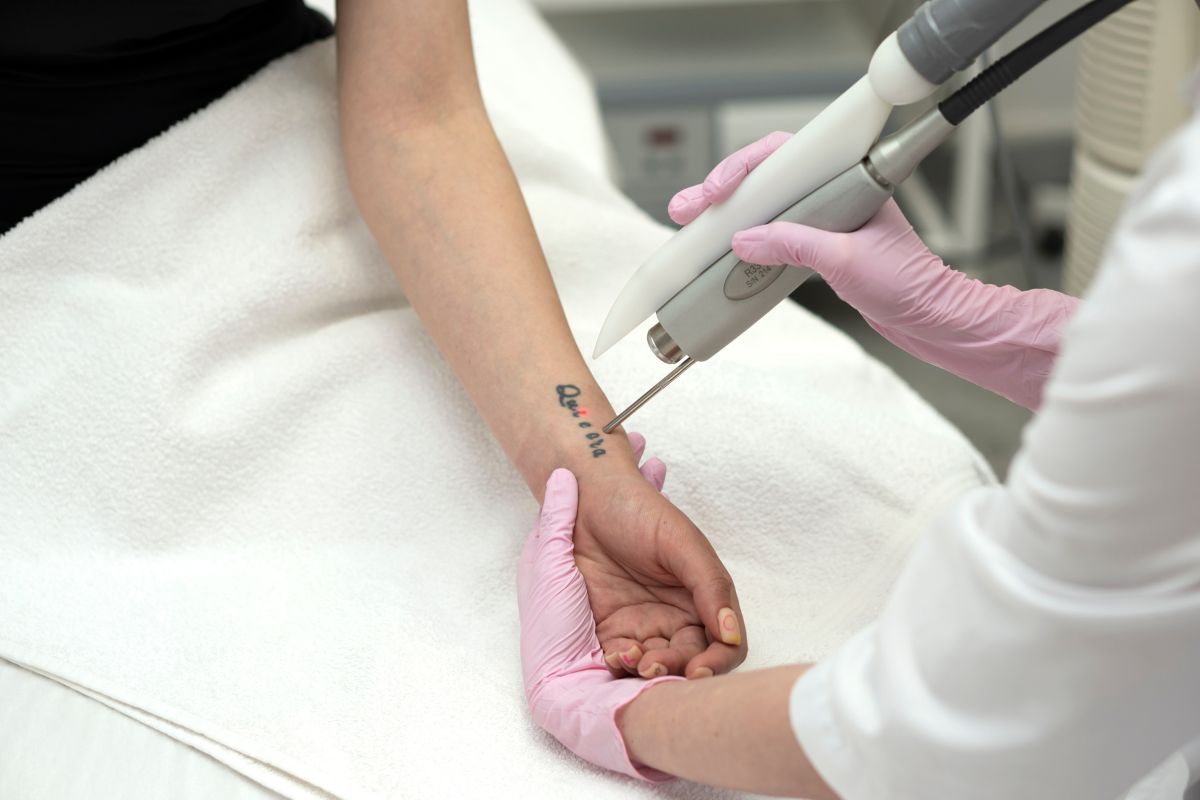Rosacea is a skin disease that is commonly identified by redness on the face, neck, and occasionally the ears and back. Rosacea begins between the ages of 30 and 60, and is more common in fair-skinned people and women in menopause. The redness that signifies rosacea is typically caused by broken blood vessels, although pimples may also pop up.
Common Symptoms of Rosacea
Redness isn’t the only sign of rosacea. Tingling, burning skin is an indicator. So are enlarged pores, red bumps that can resemble pimples, and patches of dry, rough skin. Men’s noses may swell and develop a bulbous shape. In some cases, bumps can appear on your eyelids, and you may have some problems with your vision.
Researchers aren’t sure what causes rosacea, but it seems to be genetic in some families. Sun damage may be another contributing factor—too much sun can expand the blood vessels in your face and make them more visible under the surface of your skin.
Many people are surprised to learn that microscopic mites live on their skin. They’re not usually harmful, but some people are sensitive to them, and rosacea is the result. Bacteria—specifically H. pylori—can increase the amount of gastrin in your system, which can lead to that telltale flush on your face.
Some things about you may make you more likely to get rosacea. For instance, your chances of getting the skin condition go up if you:
What to Avoid if You Have Rosacea
Rosacea is triggered by heat, dry weather, and low humidity—exactly the climate in Phoenix and the surrounding area is famous for. If your skin is prone to rosacea, the professionals at Affiliated Dermatology offer these tips for avoiding rosacea flare-ups and managing the symptoms of the disease.
- Emotional stress
- Exposure to the sun
- Intense exercise
- Spicy foods and hot beverages
- Wind
- Alcohol
- Skincare products
- Some drugs and medications
It may help if you keep a journal of your rosacea flare-ups. Note when the signs appear, where you were, what you had been doing, eating, and drinking. Don’t forget to include your environment and stress levels. All this information will help your doctor identify your unique triggers.
Best Practices For Rosacea
The best way to manage your rosacea is to treat your skin kindly. Practice a daily skin care routine using non-abrasive cleansers and soft white wash cloths. Be sure to use lukewarm water, neither too hot nor too cold. Blot your face dry; rubbing can irritate your skin and lead to a flare-up.
When you’re out in the sun, wear clothing with sunscreen built in, and use a topical sunscreen with an SPF 15 or higher, and eliminate both UVB and UVA rays.
How to Prevent Flare-ups
Moisturizing daily is the key to keeping your skin hydrated and creating a barrier that repels any irritants that might cause a rosacea flare-up. Since rosacea-prone skin is already sensitive, it’s important to choose a moisturizer–and other skin care products—that are oil and fragrance free, and are also hypoallergenic.
Treatment for Rosacea in Phoenix
People who have rosacea are often self-conscious about it as it shows up on the face, but the professionals at Affiliated Dermatology can diagnose your rosacea, but prescribe medications and tips for managing the disease. In severe cases, our dermatologists may prescribe vascular laser or intense pulsed light therapy to treat the symptoms.
Rosacea will not disappear on its own; the redness and inflammation will only get worse if left untreated. If you’re in the Phoenix area and ready to treat your rosacea, contact us at Affiliated Dermatology to make an appointment with one of our dermatologists today. Or you can simply text (480) 405-3877 for an appointment.
Image Credit: sruilk / Shutterstock






